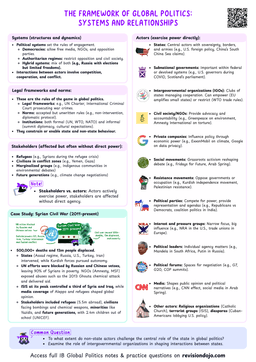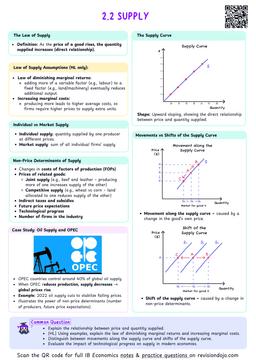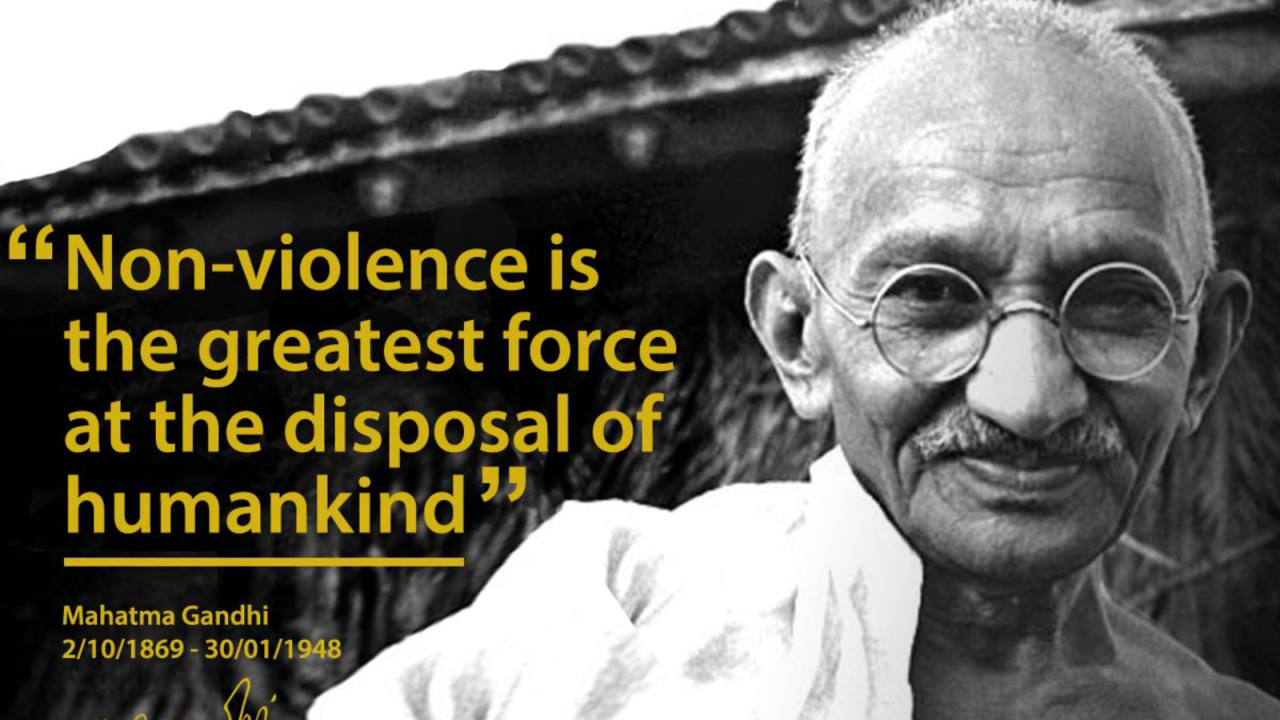Understanding Non-Violence
Non-violence
Non-violence is a political strategy and ethical philosophy that rejects the use of physical force to achieve political, social, or economic goals. It is rooted in the belief that violence perpetuates cycles of oppression and conflict, while non-violence can transform relationships and systems.
- Non-violence is not passive, it is an active form of resistance that requires courage, discipline, and strategic planning.

Key Definitions of Non-Violence
- Mahatma Gandhi: Non-violence (ahimsa) is the "greatest force at the disposal of mankind." It involves active resistance to injustice without harming the oppressor.
- Martin Luther King Jr.: Non-violence is a "powerful and just weapon" that "cuts without wounding." It seeks to win the opponent's understanding and friendship.
- Gene Sharp: Non-violence is a strategic tool for waging conflict without physical force, using methods like boycotts, strikes, and civil disobedience.
- When studying non-violence, consider both its ethical foundations and its practical applications. This dual perspective helps you understand its strengths and limitations.
Interpretations of Non-Violence
- Principled Non-Violence
- Rooted in Ethics: Based on moral or religious beliefs that reject violence in all forms.
- Examples: Gandhi's ahimsa and King's Christian pacifism.
- Strategic Non-Violence
- Focused on Effectiveness: Uses non-violence as a tactical choice because it is more likely to succeed than violent methods.
- Examples: Gene Sharp's work on non-violent resistance as a tool for political change.
- The 2011 Egyptian Revolution began with non-violent protests in Tahrir Square, demonstrating the power of strategic non-violence to mobilize mass support and challenge authoritarian rule.
Perspectives on Non-Violence
- Liberal Perspective
- Emphasizes Human Rights: Non-violence aligns with the protection of individual rights and democratic values.
- Focus on Institutions: Advocates for legal and institutional mechanisms to address grievances.
- Realist Perspective
- Skeptical of Non-Violence: Argues that power and security are the primary drivers of political change.
- Critique: Non-violence may be ineffective against ruthless regimes that do not respond to moral appeals.
- Constructivist Perspective
- Focus on Norms and Identity: Non-violence can reshape social norms and identities, creating new possibilities for cooperation.
- Example: The civil rights movement in the United States changed perceptions of race and justice.
- Critical Perspective
- Highlights Power Dynamics: Non-violence can be a tool for marginalized groups to challenge structural oppression.



